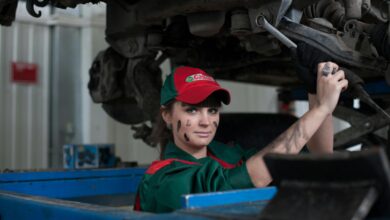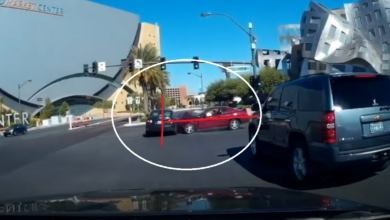T Boned Car Accident
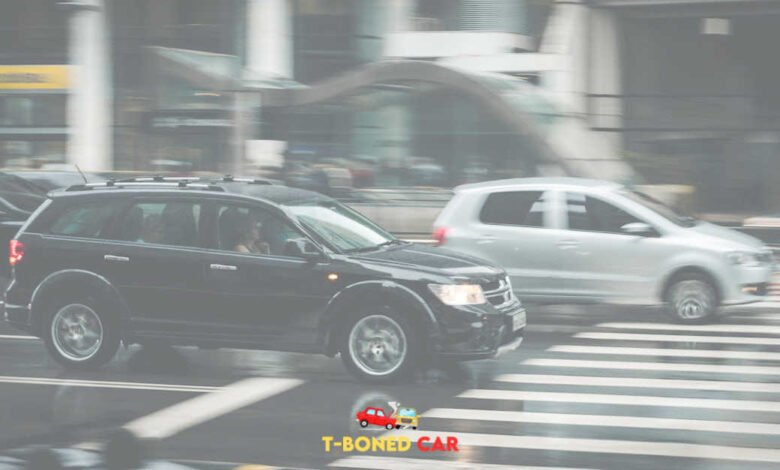
Car accidents can occur in many forms, but one of the most dangerous types is the t boned car accident. This type of collision happens when one vehicle strikes another at a right angle, typically at an intersection. Unfortunately, these accidents can lead to severe injuries due to the lack of protective barriers on the sides of vehicles. It’s essential to understand the risks involved, as well as how to prevent these incidents from occurring. Furthermore, knowing what to do in the aftermath of a t boned car accident can help victims navigate the complexities of insurance claims and recovery. While we may feel a sense of invincibility on the road, awareness and caution remain essential for ensuring our safety.
Main Points
Understanding the dynamics of a t boned car accident is crucial for reducing risks. These accidents often occur at intersections, making it vital to follow traffic signals and check for oncoming vehicles. The injuries sustained can be severe, emphasizing the importance of seatbelt use and proper vehicle maintenance. In case an accident does occur, being informed about potential t boned car accident claims can facilitate quicker recovery. Gathering enough evidence and understanding the legal implications can ease the burden of navigating through the aftermath. Lastly, adopting preventive measures can play a key role in decreasing the likelihood of such accidents in the future.
Related content:
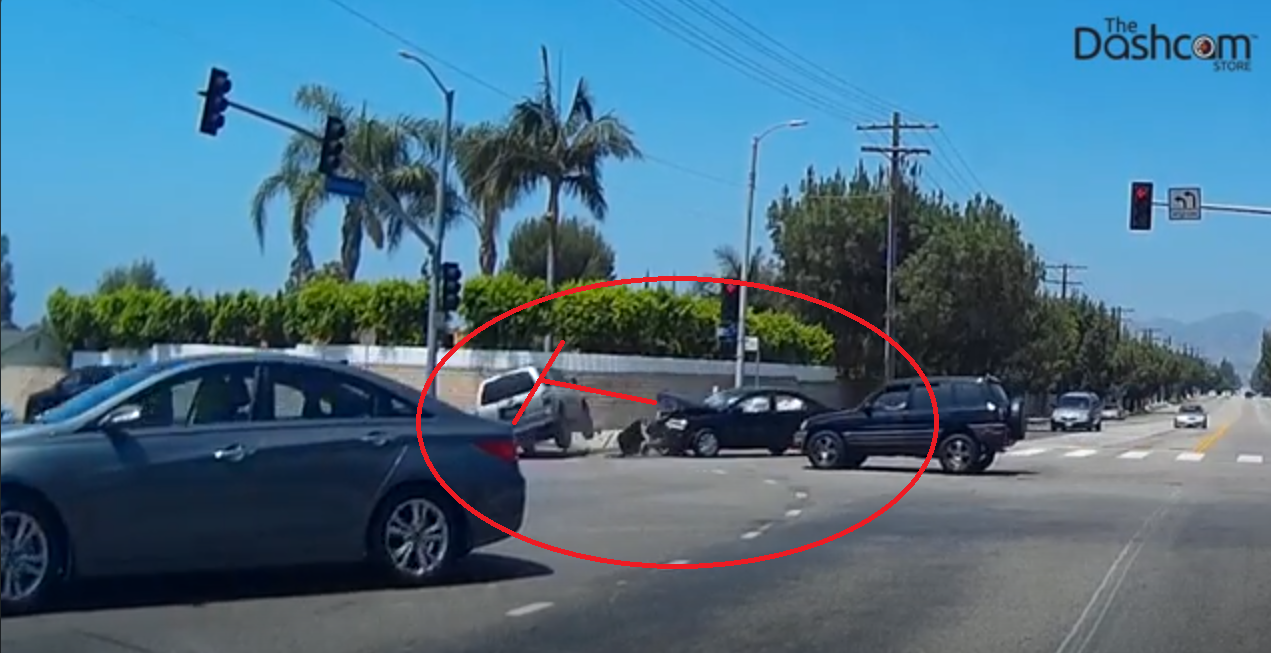
Understanding the Mechanisms of T-Bone Car Accidents
When discussing road safety, t boned car accidents represent a significant concern due to their unique impacts. These collisions typically occur at intersections, where one vehicle strikes another from the side. Understanding the dynamics behind these accidents can help in prevention and safety measures.
Key Factors Contributing to T-Bone Accidents
- Driver Visibility: Poor visibility can lead to misjudgments at intersections.
- Speeding: High speeds increase the severity of t boned car accident injuries and limit reaction time.
- Signal Compliance: Running red lights or stop signs is a common cause.
Moreover, the impact of a t boned car accident can result in serious injuries, often affecting the occupants on the side of the struck vehicle. Victims may face various challenges, leading to the necessity of filing claims for compensation. Understanding these aspects is crucial not only for the victims but also for the broader community to enhance road safety.
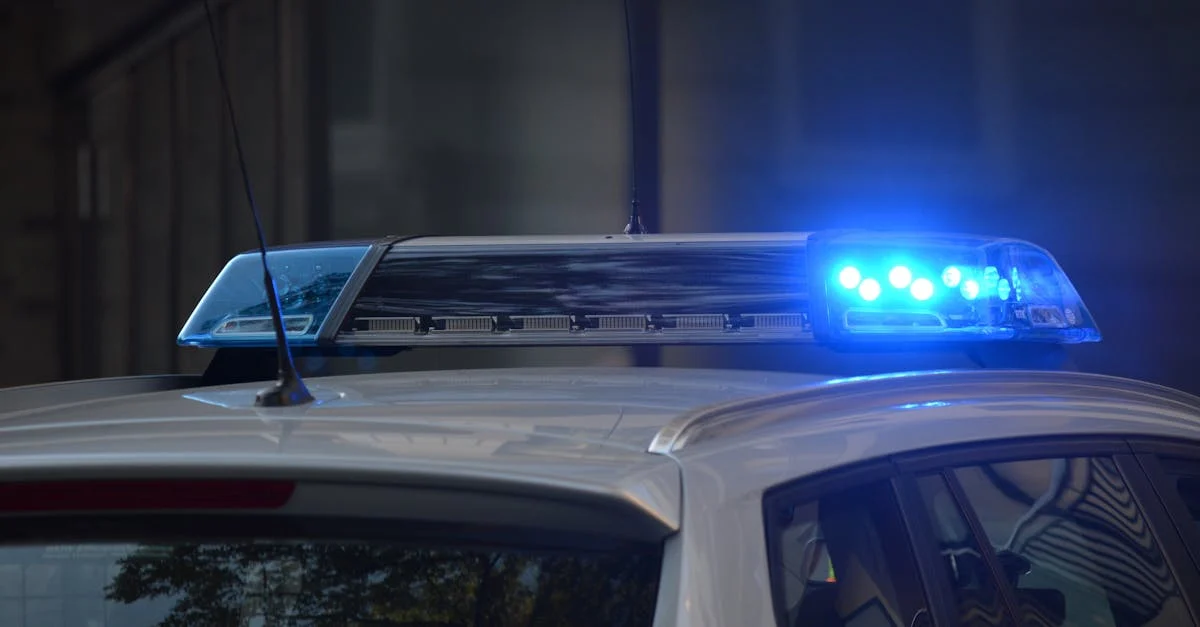
Statistics and Trends in T-Bone Collisions
T-bone collisions, often referred to as side-impact crashes, present significant risks on the road. In recent years, statistics have shown an alarming trend in the frequency of these types of accidents. For instance, reports indicate that nearly 25% of fatal car accidents involve a t boned car accident. This high statistic underscores the need for vigilance and awareness when approaching intersections.
Understanding the Risks
Unlike head-on collisions, the structure of most vehicles leaves passengers particularly vulnerable in t boned car accidents. Consequently, serious injuries often occur, including traumatic brain injuries and spinal damage. This situation raises crucial questions regarding legal advice for victims. Seeking t boned car accident legal advice may help individuals navigate compensation avenues after an incident.
Preventive Measures
Preventing these accidents is essential. Drivers should always check their surroundings and anticipate potential hazards. Educational campaigns targeting intersection awareness can make a profound difference. By understanding the high stakes associated with t boned car accidents, we can all contribute to safer roads.
| Year | T-Bone Accidents |
|---|---|
| 2020 | 8,500 |
| 2021 | 9,200 |
| 2022 | 10,000 |
These insights illustrate the urgency for continued education and collective responsibility in reducing t boned car accidents.

Legal Implications of T-Bone Car Accidents: A Comprehensive Guide
Understanding the t boned car accident scenario is crucial for anyone involved in such incidents. These accidents occur when one vehicle strikes the side of another, often leading to significant injuries and damages. When considering the legal implications, it’s essential to assess fault. In many cases, the driver who fails to yield or runs a red light may bear responsibility.
Moreover, insurance claims play a vital role in recovery. A victim’s ability to secure compensation often hinges on clear documentation of the accident and any injuries sustained. However, determining liability can be convoluted due to varying state laws regarding negligence. This complexity often leaves victims feeling overwhelmed, especially when navigating negotiations with insurance companies.
Steps to Take After a T-Bone Accident
After experiencing a t boned car accident, immediate actions are crucial. First, ensure safety by calling emergency services. Next, gather information from witnesses and the other driver. This evidence aids in establishing fault and supports your recovery process. Remember, applicable laws may differ, influencing your ability to claim damages.
Ultimately, seeking legal advice can provide clarity and direction, empowering victims to pursue their rights effectively. With the right support, recovering from a t boned car accident can be navigated with greater ease, ensuring that individuals find the resolution they deserve.
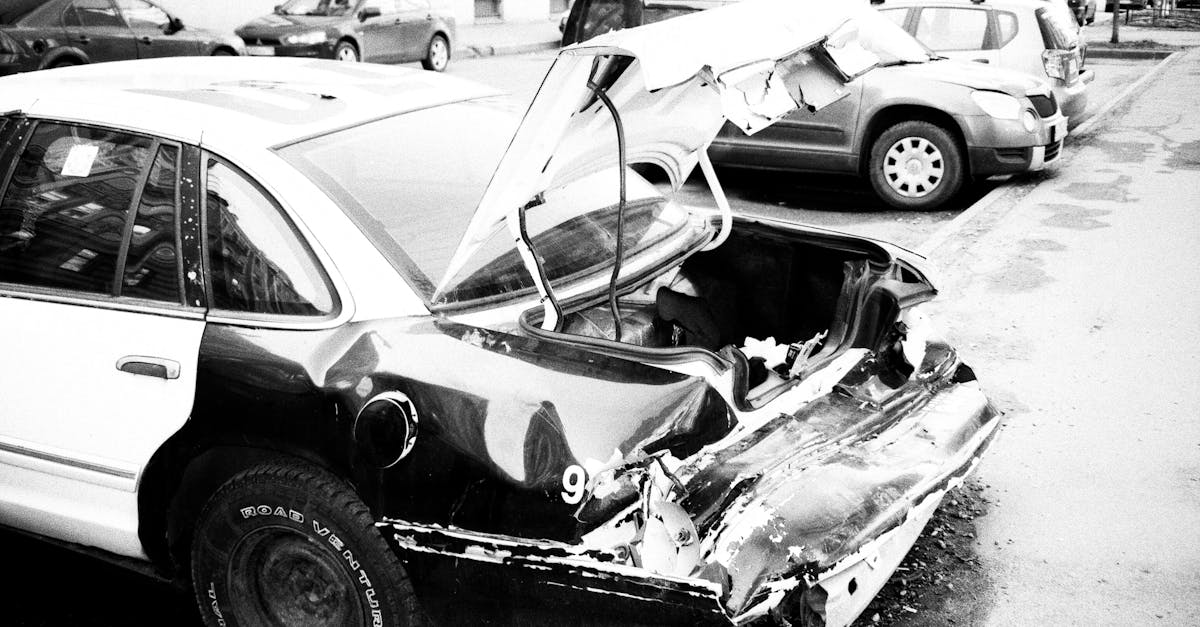
Injury Patterns Common in T-Bone Car Accidents
T-bone car accidents, characterized by one vehicle colliding with the side of another, often lead to severe injuries. The nature of these impacts is particularly dangerous due to the lack of protective barriers on the sides of vehicles. Consequently, people involved in these accidents frequently suffer from a variety of injuries, some of which can be quite serious.
Common Injuries Sustained
- Head Injuries: The abrupt nature of a T-bone collision can cause whiplash or traumatic brain injuries.
- Chest Injuries: Seatbelts can lead to bruising or rib fractures upon impact.
- Pelvic Injuries: The side forces of a T-bone collision can result in pelvic fractures, which are particularly painful.
In terms of recovery, victims might face long-term challenges. Psychological impacts also come into play. For many, the trauma of a T-bone car accident lingers, affecting their daily lives.
| Injury Type | Description |
|---|---|
| Whiplash | Neck injury caused by sudden movement. |
| Concussion | Brain injury due to forceful impact. |
Awareness and prevention are crucial. By understanding these injury patterns, individuals can be more cautious on the roads, ultimately reducing the occurrence of t-boned car accidents.
Preventative Measures to Avoid T-Bone Accidents at Intersections
T-Bone accidents can occur at any intersection, often leading to serious injuries. Therefore, it’s essential to take precautions. First, drivers should always be aware of their surroundings. Frequent and thorough checks at intersections—especially at stop signs and traffic lights—can prevent a potential t boned car accident.
Secondly, using turn signals well in advance is crucial. Notifying other drivers of your intentions reduces confusion. Also, remember that speed can play a significant role. Approaching intersections slowly allows more time to assess the situation. If another vehicle appears to be speeding, be prepared to react swiftly.
Additionally, investing in technology like collision avoidance systems can offer another layer of protection. These systems can alert drivers to potential hazards and help prevent a t-boned car accident. Lastly, educating young and new drivers about the dangers of intersections cannot be overstressed. Awareness saves lives!
The Role of Vehicle Design in Mitigating T-Bone Accident Risks
The design of a vehicle plays a crucial role in enhancing safety and mitigating the risks associated with t boned car accident scenarios. Vehicles engineered with reinforced structures can absorb impact better, reducing the likelihood of injury during side collisions. Features such as side airbags and crumple zones are essential. They help protect passengers by distributing the force of an accident across safer areas of the vehicle body.
Moreover, the height and width of a vehicle also influence its susceptibility to t boned car accident outcomes. Wider cars tend to have a lower chance of being struck, whereas taller vehicles may present a greater risk, particularly in urban settings. Adopting advanced technologic safety features, such as collision detection systems, can further help in preventing such accidents.
“The combination of thoughtful design and technology can significantly reduce road accidents and protect lives.”
Ultimately, the responsibility lies not only with manufacturers but also with consumers. Choosing a vehicle equipped with advanced safety features is paramount in safeguarding against the risks of t boned car accident scenarios.
Claim Processes for T-Bone Car Accident Victims
Experiencing a t boned car accident can be overwhelming. Understanding the claim process is crucial for victims seeking compensation. Initially, victims must ensure that medical attention is received. This step is vital, as health comes first. Next, gathering evidence is essential. This might include photographs of the accident scene or witness statements.
The claim process typically involves the following steps:
- Report the Incident: Notify law enforcement to document the accident for legal and insurance purposes.
- Contact Your Insurance: Inform your insurer about the accident and provide necessary details.
- File Documentation: Submit a claim form along with required evidence like medical records and repair estimates.
However, navigating the claim process can lead to confusion. It’s important to comprehend your rights and possible legal implications. Consulting with an attorney specializing in t boned car accident cases can provide clarity. This guidance often proves invaluable, especially when dealing with insurance companies. Remember, each accident is unique, so stay informed and proactive throughout your claim journey.
How Weather Conditions Affect T-Bone Car Accidents
Weather conditions play a crucial role in the occurrence of t boned car accidents. Rain, snow, or fog can drastically reduce visibility and traction on the road. For instance, during rainfall, the risk of losing control increases significantly; drivers may underestimate stopping distances. This can lead to abrupt maneuvers, resulting in collisions. Similarly, icy conditions can cause vehicles to slide unexpectedly into intersections, heightening the chances of a t boned car accident.
Moreover, fog creates a deceptive environment, often leading to misjudgments regarding distance and speed. Drivers may not see a stop sign or a vehicle in the intersection until it’s too late. Consequently, understanding the impact of these conditions is essential for preventing these accidents.
Preventive Measures
To mitigate the risk, drivers should adopt cautious driving practices. This includes reducing speed and increasing following distances. Always use headlights in low-visibility situations. By being aware of changing weather, drivers can make better decisions on the road, ultimately reducing the likelihood of a t boned car accident.
| Weather Condition | Effect on Driving |
|---|---|
| Rain | Reduced traction and visibility |
| Snow | Increased stopping distance |
| Fog | Decreased visibility leading to misjudgment |
Case Studies: Notable T-Bone Accident Incidents and Their Aftermath
T-bone accidents can be particularly devastating, as seen in several impactful case studies. One notorious incident occurred at a busy intersection in Houston, where a driver ran a red light, resulting in a severe t boned car accident. The aftermath showed a worrying trend: these accidents often leave victims with serious injuries, affecting their lives profoundly. Witnesses reported that the sudden collision created an almost surreal scene, making it hard to comprehend the chaos unfolding.
Another example from Chicago highlighted the importance of seatbelt use. A family was involved in a tragic t boned car accident, leading to various injuries, which could have been less severe had everyone buckled up. Many survivors recount feelings of disbelief shortly after the incident.
These case studies reveal critical lessons about road safety and the lasting impacts of t boned car accidents. Understanding these incidents is vital for reducing future risks and promoting safe driving practices.
Conclusion
T Boned car accident can leave a lasting impact on those involved. These accidents often result in serious injuries and emotional trauma. Many people underestimate the potential severity of these collisions, but they can disrupt lives in an instant. It’s vital to prioritize safety on the roads and always be aware of your surroundings. Furthermore, understanding the dynamics of a T Boned car accident can help drivers make better decisions. While these incidents are unfortunate, they also serve as a reminder of the importance of safe driving practices. Ultimately, learning from these experiences can lead to safer conditions for everyone on the road.
Frequently Asked Questions
What does ‘t-boned car accident’ mean?
‘T-boned car accident’ refers to a type of collision where one vehicle hits another at a perpendicular angle, forming a ‘T’ shape.
What are common causes of t-bone accidents?
Common causes include running red lights, failing to yield at intersections, and distracted driving.
Who is usually at fault in a t-bone accident?
The driver who failed to yield or ran a red light is often considered at fault, but fault can vary based on specific circumstances.
What should I do immediately after a t-bone accident?
Call emergency services, check for injuries, exchange information with the other driver, and document the scene with photos if safe to do so.
Can I receive compensation for injuries in a t-bone accident?
Yes, if the other driver is found to be at fault, you may be entitled to compensation for medical expenses, lost wages, and pain and suffering.
How can I prevent t-bone accidents?
Always obey traffic signals, stay vigilant at intersections, avoid distractions, and anticipate the actions of other drivers.
Are t-bone accidents more dangerous than other types of collisions?
Yes, due to the impact location, t-bone accidents often result in severe injuries, especially for passengers in the struck vehicle.
What types of injuries are common in t-bone accidents?
Common injuries include whiplash, broken bones, head injuries, and internal injuries due to the side impact.
Is it worth hiring a lawyer after a t-bone accident?
Hiring a lawyer can be beneficial, especially if you have serious injuries or if there are disputes about fault or compensation.
What information should I gather at the scene of a t-bone accident?
Collect driver’s license and insurance information from the other driver, contact details of witnesses, pictures of the scene, and a police report if available.

